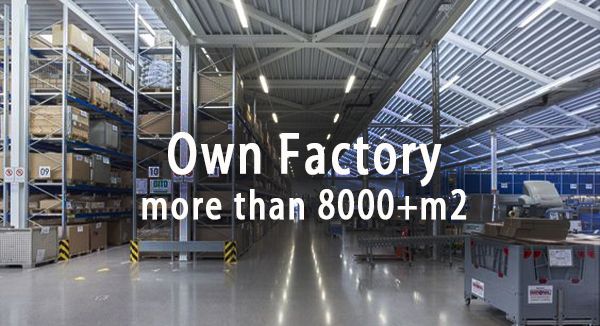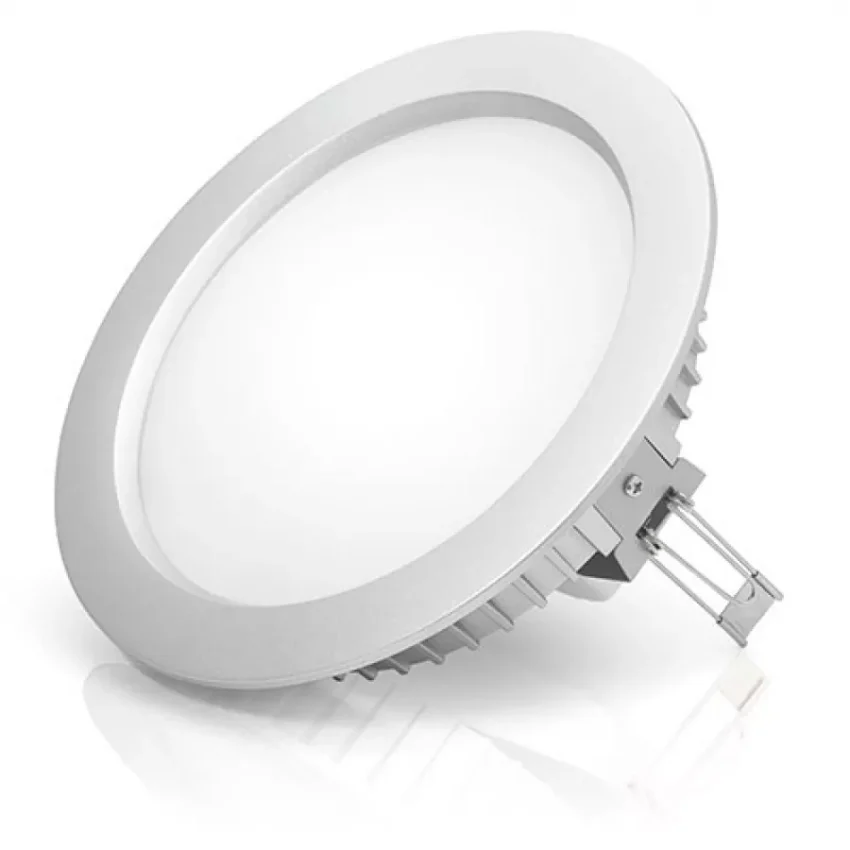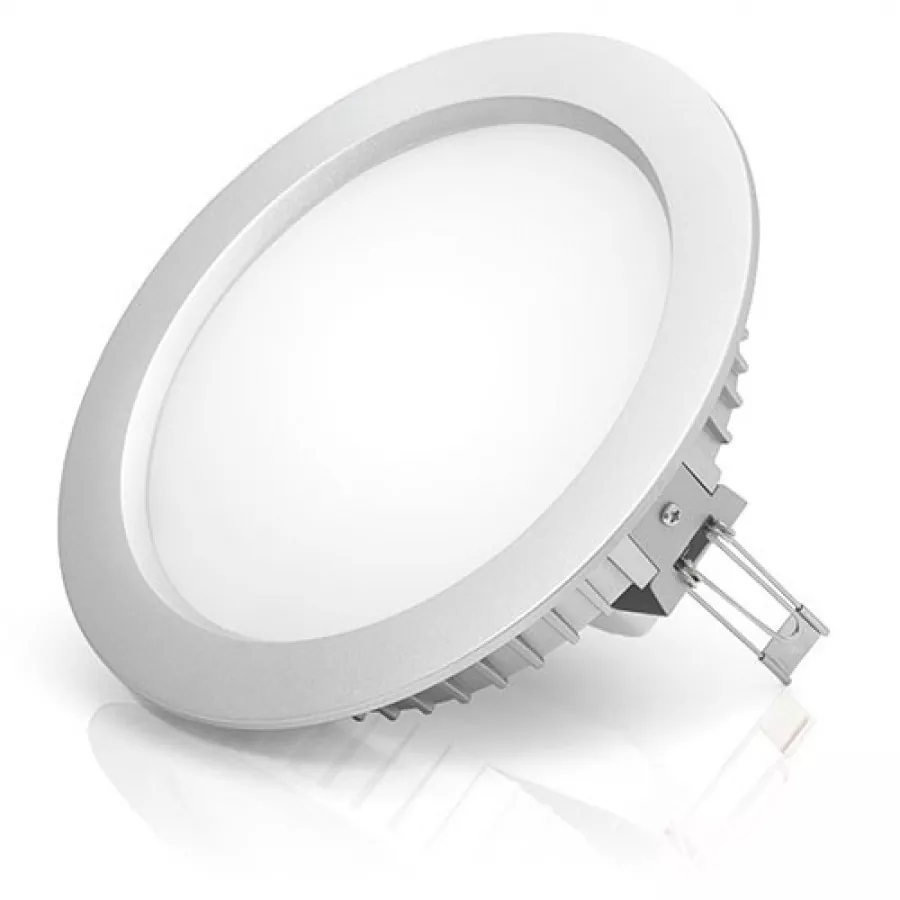
It is normal that the prices of cars on the market vary greatly.
Many people are surpris-ed about the prices of downlights!because they think lamps are simple. The technology of lamps includes four aspects: optical, mechanical and thermoelectric, and each one is not simple.
Let’s talk briefly below.
Some downlights on the market use plastic as the lamp housing, but good downlights and spotlights are ma-de of die-cast aluminum, and the material model us-ed in many is call-ed ADC12. Why, strength and heat dissipation.
Strength brings longevity and makes lamps less likely to be damage-d when installed or replaced and repaired. Heat dissipation is a big problem for LED lighting. The better it is solv-ed, the lighting effect and lifespan will be comprehensively improv-ed.
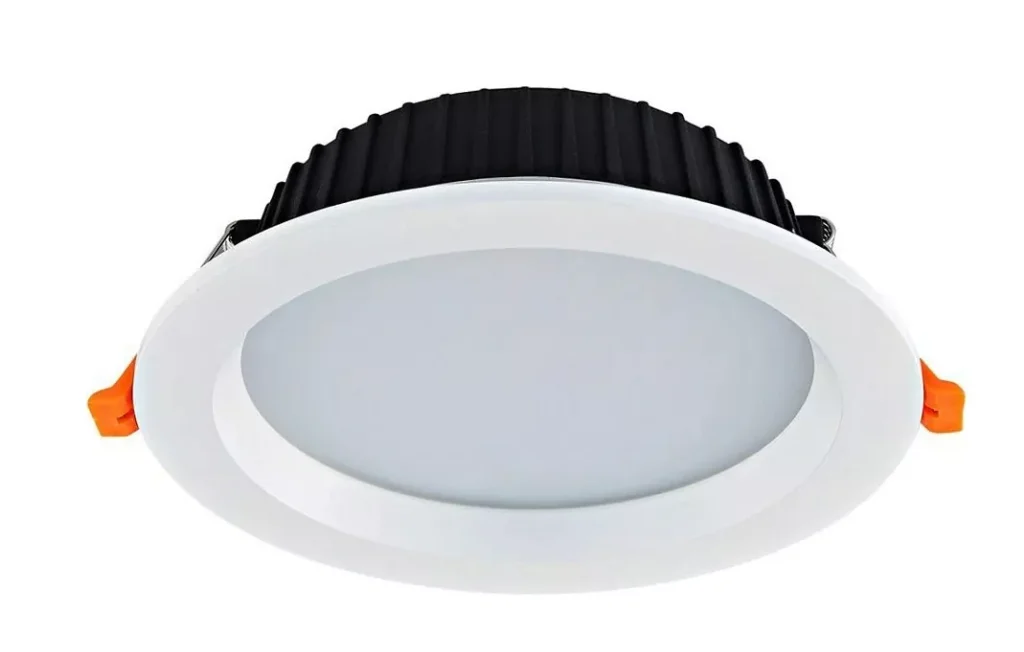
Therefore, in addition to the material, the lamps also use many methods to cool down!
For example, move the driving power away from the lamp, use cast iron sheets or columnar structures to increase the heat dissipation area, etc. These will bring about the prices of downlights differences.
Some downlights emit light on the surface, while some downlights emit light in a very deep cavity, which is call-ed a deep optical cavity. why? Reduce glare.
The brightness of the LED light-emitting point is very high, and it will be uncomfortable if it shines directly into human eyes. You can turn on your mobile phone flashlight and try it with human eyes. The power of the flash is only 1W.
Glare problem is another big problem of LED lamps.
There are many subtle treatments around the lamps, such as anti-glare rings, black light cups, honeycomb covers, textured glass, etc. These are also make the prices of downlights cost differences.
The fundamental function of lighting fixtures is to distribute light and accurately distribute the required light to where it should go. There is a level of accuracy. The accuracy of a military sight is more than a hundred times different from that of a toy, and the same goes for lighting fixtures.
Well-made lamps have precise light, and the lighting effect can accurately meet expectations, reducing the trouble of repeated designs and experiments. This is why senior designers are willing to use good products.
At the same time, lamps with good light distribution are highly efficient. One or two lamps can often achieve the effect of three or four lamps. Although a single lamp is expensive, the system saves money in calculation.
We tried to use a good floodlight, replacing 32 sets of lights with 10 sets, and the effect was even better. All of the above also bring cost differences.
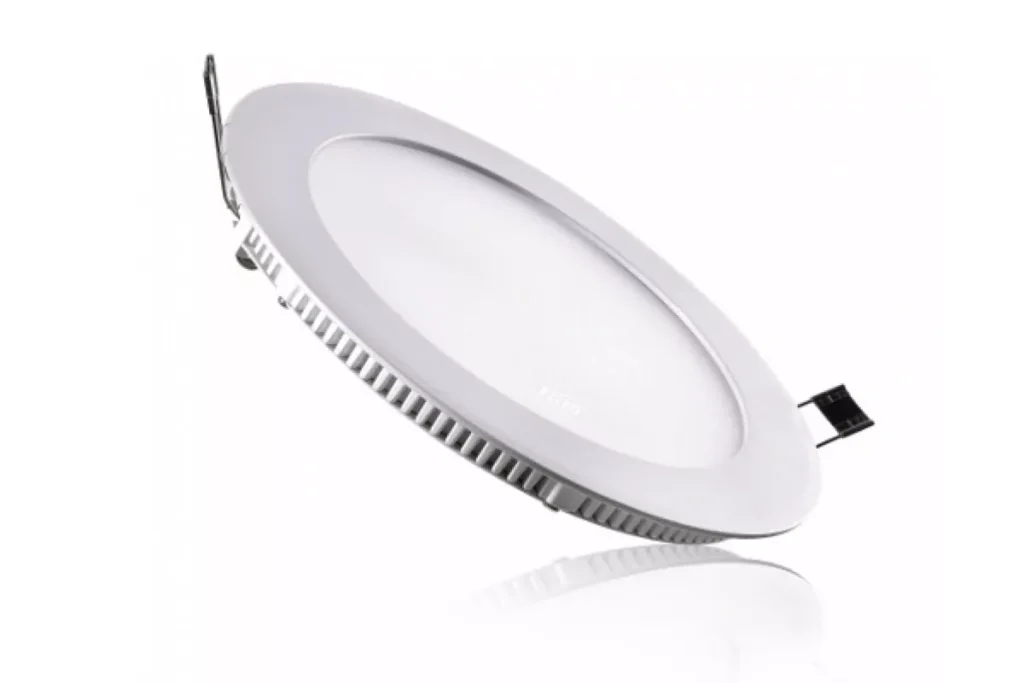
The accessories used in good lamps are of high quality.
Including chips, lenses, driving power supplies, buckles and so on. High-quality accessories bring the overall quality of the lamp to a high level, making it comfortable to use and having a long lifespan.
For example, the driving power supply of some lamps is very small and light. When you open it, the circuit is simple and the components are ordinary.
Some lamp driving power supplies look large, heavy, and have a solid casing. When you open them and look inside, you can see that the circuits are complete, the components are of high quality, and they even have thermal conductivity and protective glue. Which one is better to use can be imagined. These are again cost differences.
Finally, high-quality lamps are works of art in themselves, with beautiful appearance and texture, which are pleasing to the eye and only add beauty when installed.
It shows that this lamp has been well desige-ed and is an industrial creation, not a piece of goods that has been tinkered with casually. The quality is obvious. These are also cost differences.
The cost difference for each of the above items is not huge, but so many items add up to it. Coupled with the differences in distribution channels, users see an enlarged cost difference, and they will naturally feel that the difference between expensive the prices of downlights and cheap products is huge.



